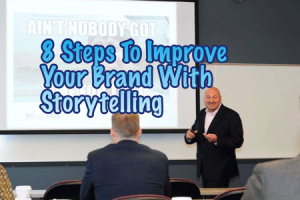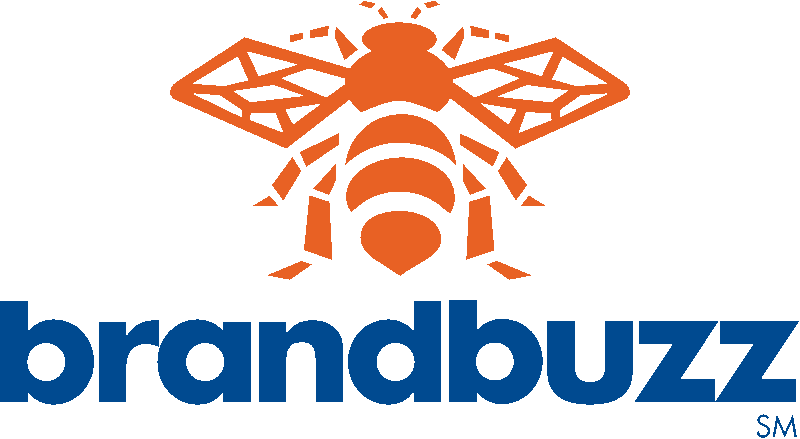 Tell Your Story Founder George Rafeedie gave a recent breakfast seminar with the Chicago Business Marketing Association where he taught a group of B2B marketers how to develop and share stories on any budget.
Tell Your Story Founder George Rafeedie gave a recent breakfast seminar with the Chicago Business Marketing Association where he taught a group of B2B marketers how to develop and share stories on any budget.
In his dynamic presentation, George explained how every organization (big, small, start up, non-profit, division) has a story. And our job as marketers is to find it. Then develop it. Tell it. Measure it. And lastly, improve it. The story should be unique and tied to an organization’s purpose, the difference they make in the world, says George.
He shared the following 8-step process that marketers can use, right now, to develop and share their story/purpose.
1) Executive download & brainstorm. This is where executive buy-in happens. It is where you go to your boss/CMO/President/whomever and explain the process and why your organization needs it. This step is crucial as it ensures your stakeholders feel like they are part of the process. During this step, you should meet with your internal stakeholders for one-on-one meetings and brainstorm sessions. This allows you to get the information you need to develop your story, while bringing everyone in to be part of the process.
2) External interviews. You don’t need 6 months and lots of money to do customer research. Ain’t nobody got time for that. Just talk to a few of your customers (5-10 is a good goal). Include both current and former customers and get a direction of what they think of you (the good, the bad, and yes, the ugly). Get words, images, ideas, and quotes that will help you craft your story. An added bonus? Customers like to give their opinion; it makes them feel important.
3) Research/research review. Review any surveys or other internal or external research done in the past. Monitor your industry and audit what your competitors are doing.
4) Purpose-driven creative brief. Pull everything from steps 1-3 together in a document that lays out your message. This document answers the question: “What is your brand purpose—the difference you make in the world?” It should also include a description of your values, voice, and support for your purpose. George shared the example purpose of “We drive positive behaviors with rewards that people want and need,” for a client who sells 150 brands of gift cards for large-scale incentive, rewards and recognition programs.
Steps 1-4 can be done on your own, within a month. Of course you could bring in a consultant or agency to help, depending on time and resources available.
5) Creative concepting. This is where you bring your message to life with words and imagery. During this step, you can really scale up or down with budget.
6) Integrated tactical plan development. Develop a plan of how you are going to distribute your stories through Earned, Owned and Paid media channels. George gave several examples of each type of media: you “earn” a story in the New York Times, you pay for retargeting ads, and you own media like your website and blog.
7) Execute. Now it is time to tell your story! You need to consistently create and curate valuable content that resonates with your audience. Although this is hard work, the real challenge is getting to your authentic story. Remember, it is not always about your company. Your content should bring value to your customer.
8) Evaluate. Be sure to set out goals at the beginning of your process. Everyone’s goals are different so figure out what is important to your organization and stakeholders. Maybe it is traffic to your website. Or leads. Or sales. Nirvana is when you can directly measure your efforts to revenue generated. This makes it very easy to justify and continue your efforts.
Remember that you can do this process on any timeline and virtually any budget. Storytelling boils down to understanding your audience, identifying your purpose and connecting with the people you want to reach.
See George’s full BMA presentation here.
Photos courtesy of BMA Chicago.



